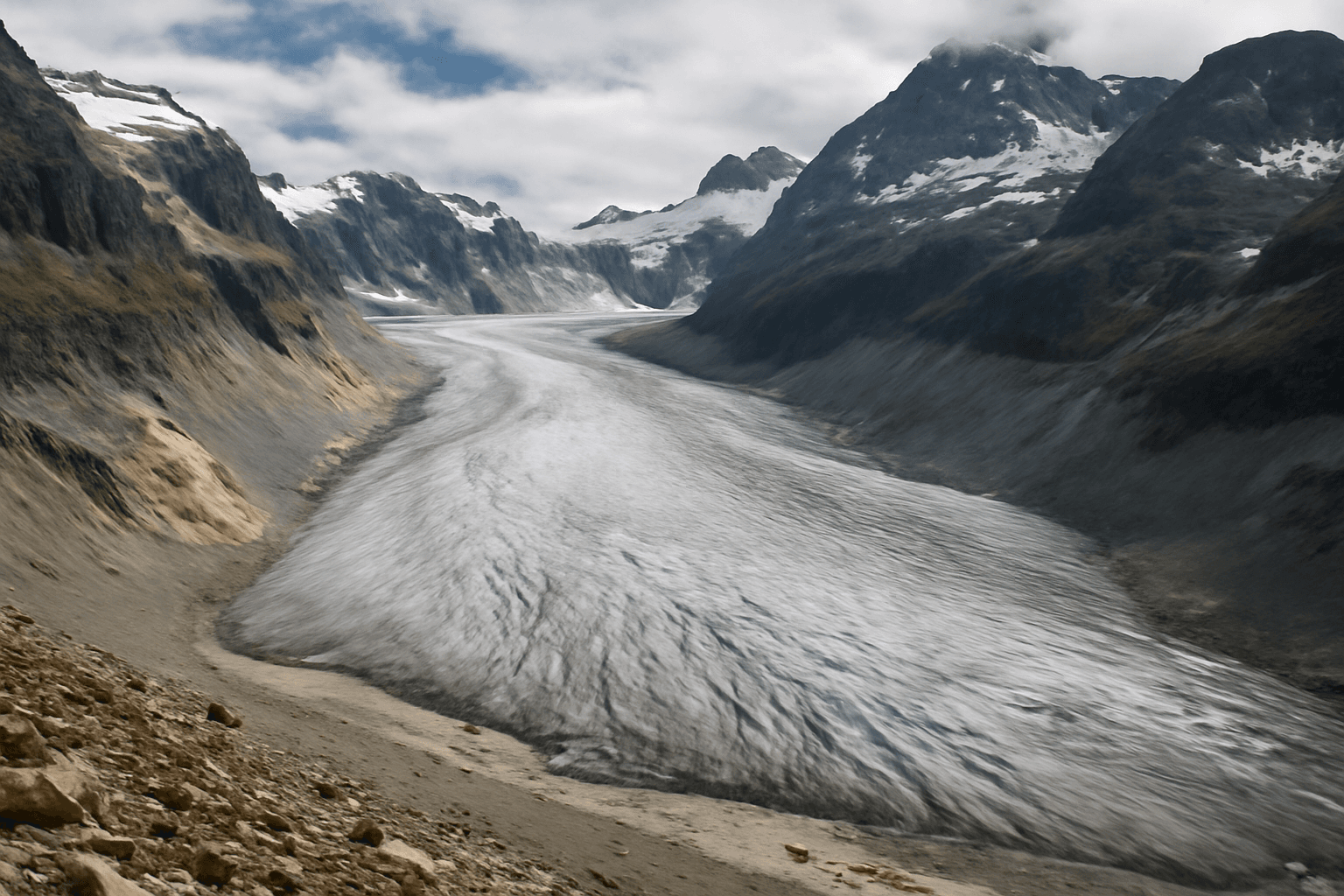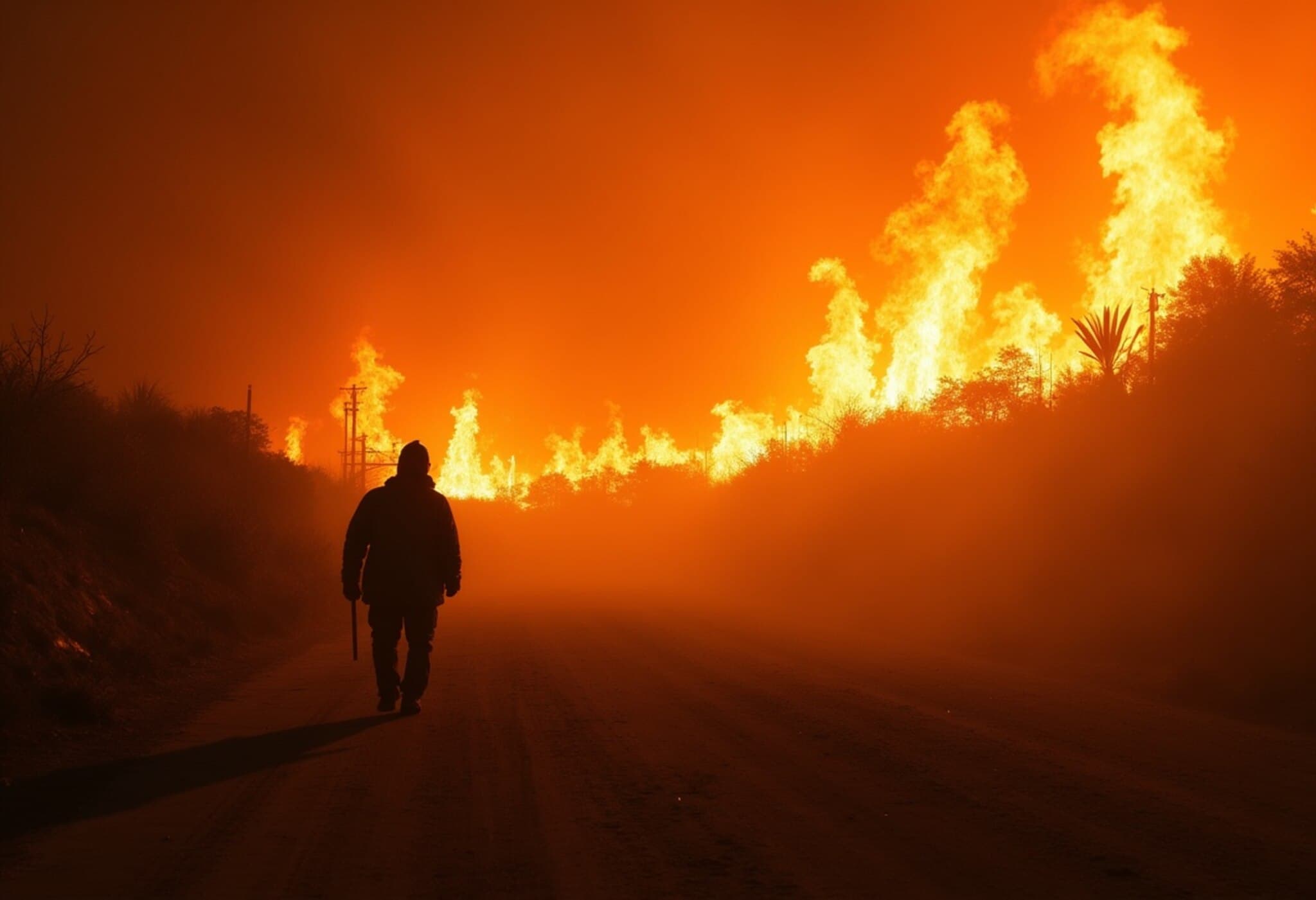Unprecedented Marine Heatwaves Impact Southwest Pacific in 2024
The Southwest Pacific experienced exceptional marine heatwaves in 2024, affecting over 40 million square kilometres (15.4 million square miles) of ocean surface. These extreme conditions have caused significant environmental damage, including harm to coral reefs and threats to the region's last remaining tropical glacier.
Record-Breaking Ocean Temperatures
In 2024, average ocean temperatures across the Southwest Pacific—which includes Australia, New Zealand, and Southeast Asian island nations such as Indonesia and the Philippines—were approximately 0.5°C (0.9°F) higher than the 1991-2020 average. This rise prompted multiple new temperature records in countries like the Philippines and Australia.
Ocean surface temperatures set new highs, while the total ocean heat content reached the second-highest annual average ever recorded, surpassed only by figures from 2022. These elevated temperatures contributed to widespread severe marine heatwave conditions throughout much of the region, especially near and south of the equator.
Environmental and Societal Consequences
The marine heatwaves have severely affected vital ecosystems, including coral reefs that rely on stable temperature conditions. Additionally, the region’s only tropical glacier, situated on the western side of New Guinea in Indonesia, suffered a dramatic decline, shrinking by up to 50% in 2024. If this rapid rate of ice loss continues, the glacier is at risk of complete disappearance by 2026 or shortly thereafter.
The report also highlights an increase in the frequency and intensity of cyclones in the region, notably affecting the Philippines in October and November 2024. These extreme weather events have been linked to ongoing climate change.
Rising Sea Levels and Coastal Vulnerability
Sea level rise in the Southwest Pacific is occurring at a faster pace than the global average, posing a major threat to vulnerable coastal communities. More than half the population in the region live within 500 metres (547 yards) of the coast, exacerbating the risks of flooding, erosion, and storm surges.
These combined oceanic and atmospheric changes underscore the urgent need for regional climate adaptation and mitigation strategies to protect both natural ecosystems and human communities.











